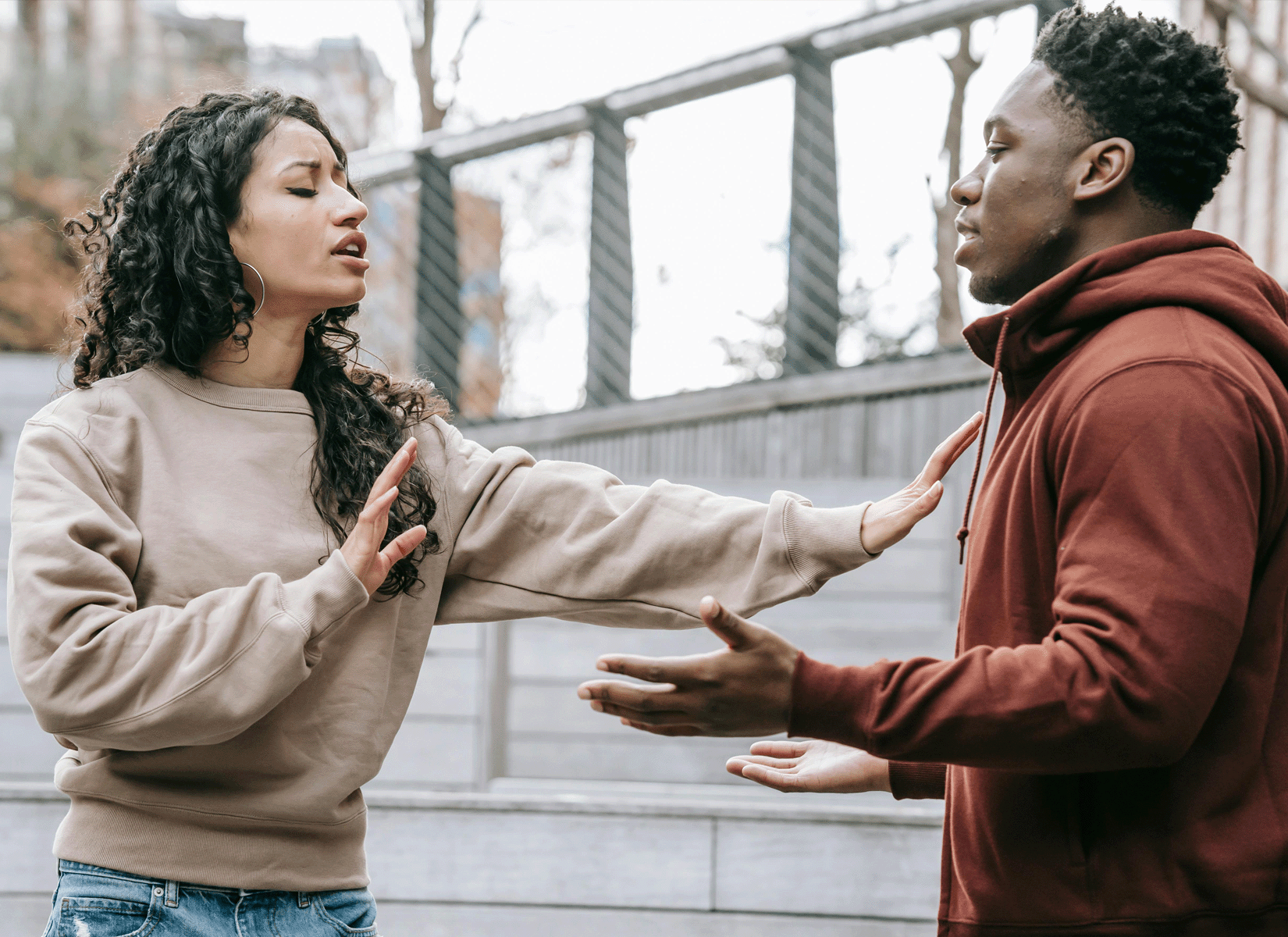- info@fathersagainstviolence.com
- 1-800-949-8067
- Cleveland, Ohio
A Father's Story
Key Initiatives
The Fathers Against Violence Program is a key initiative focused on creating safer communities by engaging fathers and other male role models in violence prevention and community building. The program is structured around five core strategies: education, open dialogue, conflict resolution, seeking safety, and reporting. Each strategy plays a critical role in empowering individuals and fostering a culture of non-violence.
Our Vision and Focus
The Fathers Against Violence (FAV) research-based, evidence-based program aims to reduce community violence, including gang violence, violent crime, and domestic violence while building safer communities through comprehensive intervention and prevention efforts. Starting in Cleveland, Ohio (Wards 5 and 7, marked by gang violence, drug trafficking, prostitution, high unemployment, and poverty), the FAV program targets high-risk individuals and families impacted by violence, with plans to expand nationally in similar stigmatized communities.
FAV provides outreach, mentorship, and support services, offering alternatives for at-risk youth and young adults through a coalition of advocates and strategic partnerships. Experienced mentors, including fathers, former gang members, and community advocates, guide participants away from gang life and violence by offering education, job training, and positive role models. Additionally, FAV hosts job fairs and economic development initiatives, creating pathways for community development, stable employment, and financial independence.
To address domestic violence, FAV implements prevention programs that provide resources and support for victims, their families, and citizens. The central themes of violence reduction are education, open dialogue, conflict resolution, seeking safety, and reporting incidents. FAV’s core initiatives include Door-to-Door Violence Prevention Campaigns, Gun Amnesty, Seek Safety Programs, and a Violence Awareness Documentary. These programs raise awareness about the signs of domestic violence and available support services, fostering a safer environment and reducing domestic violence incidence. Community violence reduction is achieved through community-based violence intervention strategies involving law enforcement, victim service providers, and community organizations. This collaborative approach ensures a coordinated effort to reduce violence and address its root causes.
Strategic planning is key to FAV’s approach, with the development of a community-specific Violence Reduction Strategic Plan for Cleveland and 24 other cities with high violent crime rates. This plan is informed by action research, local data, and existing strategic plans, ensuring tailored interventions. Using data-driven approaches, FAV identifies effective strategies for reducing violence and allocates resources accordingly. Gun amnesty programs are also implemented to encourage the voluntary surrender of firearms, reducing the number of weapons in the community and decreasing the potential for gun violence.
Action research, program assessments, and data collection are crucial to FAV’s success. FAV partners with the Applied Research Institute (an internal organization) to conduct community violence research activities. We identify service gaps and refine intervention approaches based on evidence and community feedback. By continuously evaluating the program’s impact and incorporating lessons learned, FAV adapts and improves strategies to ensure long-term effectiveness.







